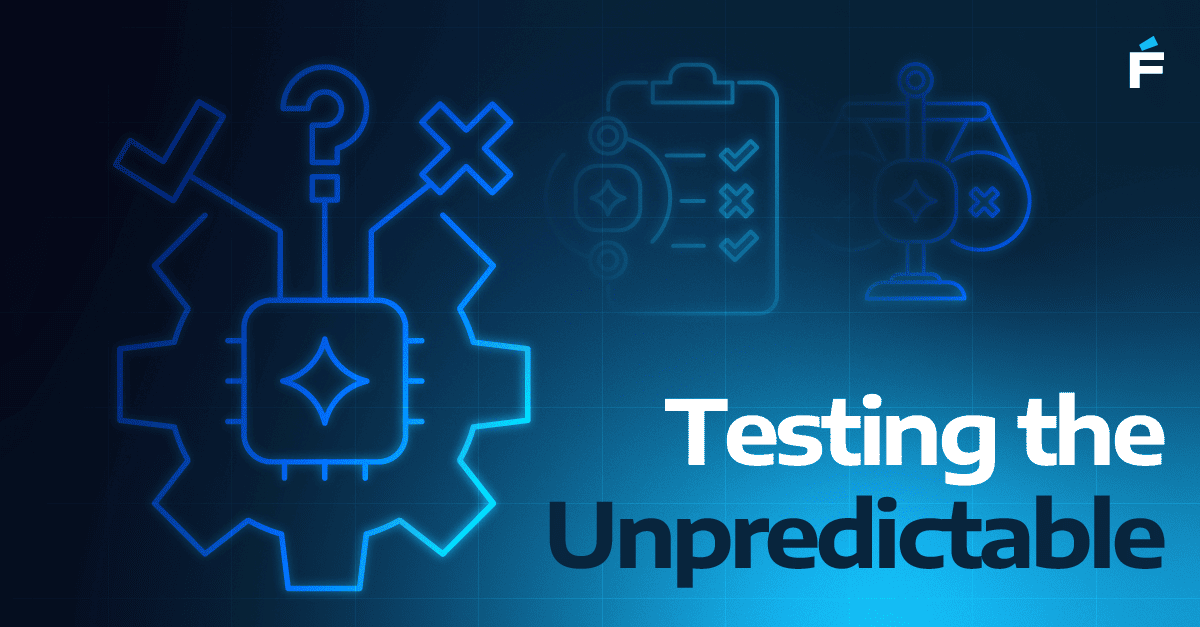At Forte Group, we have consistently emphasized that meaningful healthcare innovation arises not merely from deploying advanced algorithms, but from systematically improving clinical outcomes. A recent research paper, “Second Opinion Matters: Towards Adaptive Clinical AI via the Consensus of Expert Model Ensemble” (arXiv:2505.23075), provides an important contribution to this conversation. It proposes a more resilient and adaptable approach to medical AI—one that closely mirrors how clinical decisions are made in practice.
The Challenge: Monolithic Clinical LLMs Lack Adaptability
Most clinical LLM applications currently rely on a single large model to handle all medical queries, regardless of context, complexity, or specialty. This monolithic strategy is brittle: it introduces model-specific failure modes, struggles with rare edge cases, and fails to leverage specialist-level knowledge. Furthermore, these systems are difficult to incrementally improve without retraining or replacing the entire model.
The Proposed Framework: Modular Ensembles of Domain-Specific Experts
The authors propose a modular ensemble architecture that mimics real-world clinical workflows. The system comprises:
- A triage agent, which classifies the medical question and dispatches it to the appropriate domain-specific agents.
- A set of expert LLMs, each trained or fine-tuned to specialize in a particular medical field (e.g., cardiology, oncology, infectious diseases).
- An aggregation mechanism, which synthesizes the responses from the experts into a consensus output through majority voting, weighted selection, or cascaded decision rules.
This framework allows for adaptability, targeted performance improvement, and architectural flexibility. New experts can be added or replaced without retraining the entire system, and the consensus mechanism can be adjusted based on task type or resource constraints.
Empirical Results: Measurable Gains Across Benchmarks
The ensemble system was evaluated on multiple medical benchmarks, showing consistent performance improvements over baseline single-model approaches:
- On the MedXpertQA benchmark, the consensus model achieved 61.0% accuracy, outperforming OpenAI’s GPT-4 (53.5%) and Gemini 1.5 Pro (45.9%).
- On MedMCQA, it improved accuracy by 9.1% over the strongest single-model baseline.
- On MedQA, it delivered a 3.4% gain.
- On DDX+ (a differential diagnosis task), it achieved a higher top-1 accuracy (52.0% vs. 45.2%) and a higher F1 score (0.326 vs. 0.289), reflecting improved clinical reasoning across multiple-step tasks.
These results highlight that consensus-based architectures can lead to statistically significant improvements across a range of clinical use cases.
Strategic Implications for Healthcare Technology Leaders
For organizations developing or integrating AI in clinical workflows, this architecture has several implications:
- Modularity Enhances Lifecycle Flexibility
By decoupling specialization and inference, the ensemble framework allows organizations to swap out individual experts, incorporate new domain-specific models, or tune existing ones without disrupting production workflows.
- Cost-Performance Optimization
Modular systems enable dynamic configuration: for example, using high-accuracy (and high-cost) experts for critical diagnoses, while routing less complex cases to lightweight, cost-efficient models. This makes clinical AI more economically viable at scale.
- Auditability and Trust in Clinical Settings
Regulatory bodies increasingly demand transparency in AI-driven decision-making. The consensus mechanism—by surfacing multiple model rationales—enables more interpretable and auditable outputs, especially important in high-stakes environments such as diagnostics, treatment recommendations, and triage.
- Alignment with Clinical Workflow
By mirroring multidisciplinary consultations and second-opinion practices, the ensemble model aligns more closely with how physicians operate. This increases the likelihood of clinician adoption and reduces resistance to AI integration.
Implementation Considerations
Healthcare organizations seeking to adopt this approach should begin by:
- Constructing a robust triage classifier capable of accurately dispatching medical prompts to the correct domain experts.
- Curating or fine-tuning domain-specific models using specialty datasets and clinical guidelines.
- Designing a configurable consensus layer that allows experimentation with voting strategies, relevance weighting, and arbitration logic.
- Evaluating performance across real-world clinical datasets, beyond synthetic benchmarks, to validate model safety and effectiveness.
- Developing monitoring and feedback loops to enable ongoing model improvement and retraining in response to drift or new evidence.
Conclusion
The ensemble-based consensus framework proposed in this research represents a significant advancement in clinical AI system design. It shifts the paradigm away from monolithic, opaque systems toward a modular, transparent, and adaptive architecture—better suited to the regulatory, operational, and ethical demands of healthcare. For leaders at the intersection of AI and medicine, now is the time to invest in modular, explainable, and clinically aligned AI systems that can deliver not just accuracy, but trust and resilience.




.png)